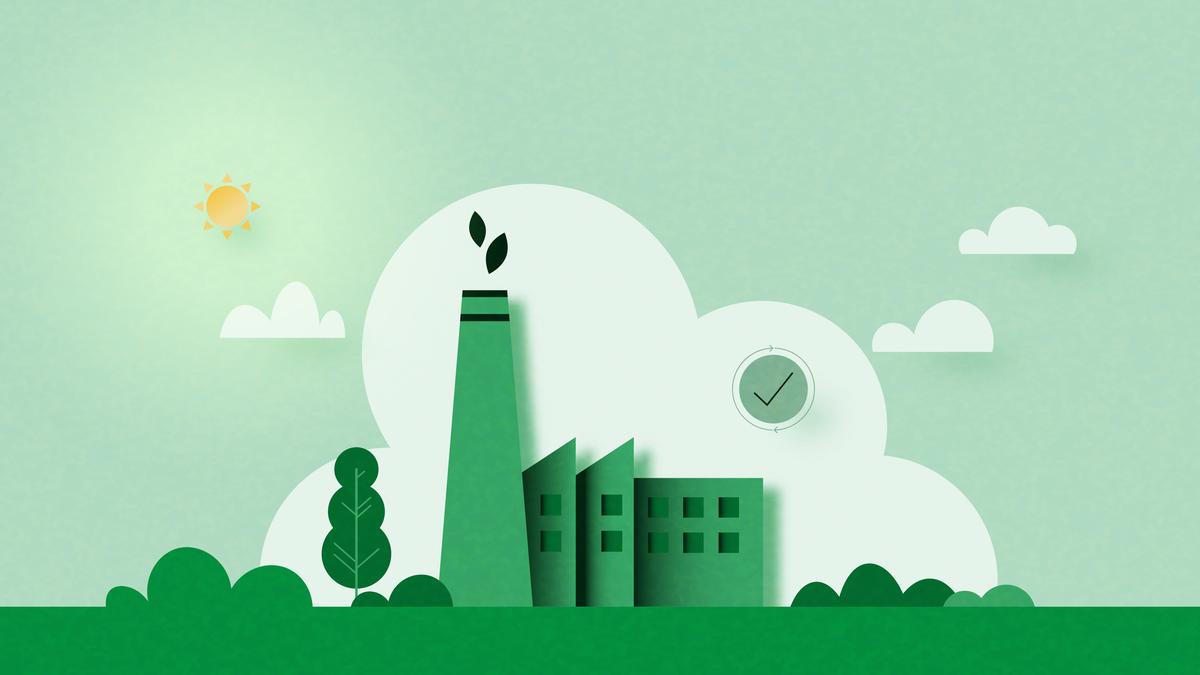
How futures thinking can help Indian businesses navigate uncertainty Premium
The Hindu
In 2019, few could have predicted that a virus would disrupt our lives and halt industries worldwide. By 2021, a war in Eastern Europe sent energy and food prices spiraling. Now, in 2025, businesses face an even more volatile reality: escalating geopolitical tensions, fragile supply chains, and the race to harness artificial intelligence (AI), with both risks and rewards.
In 2019, few could have predicted that a virus would disrupt our lives and halt industries worldwide. By 2021, a war in Eastern Europe sent energy and food prices spiraling. Now, in 2025, businesses face an even more volatile reality: escalating geopolitical tensions, fragile supply chains, and the race to harness artificial intelligence (AI), with both risks and rewards.
The speed and scale of disruption have outpaced traditional strategic planning. In the past, businesses could rely on historical data and incremental adjustments to navigate change. Today, that approach is proving insufficient. Wars, trade disputes, climate shocks, and technological leaps are reshaping the global economy faster than businesses can adjust, forcing leaders to rethink how they prepare for the future.
India is no exception. The country’s rapid digitisation and push for self-reliance in key industries, from semiconductors to electric vehicles, are unfolding in a complex global context. The government’s push for critical mineral security, for example, reflects the urgent need to anticipate future supply risks. As India builds domestic chip manufacturing capabilities and transitions towards clean energy, businesses must recognise that dependencies on foreign supply chains expose them to unforeseen disruptions. How can they mitigate these risks? How can Indian industries navigate when uncertainty is the norm?
After the financial crisis of 2008, the term VUCA became popular when describing our world: volatile, uncertain, complex and ambiguous. Management consultants everywhere responded with copious, often well-researched slides detailing trends that businesses and sectors needed to navigate, ever bigger and more complex market and financial forecasting and modelling software, and inspirational speakers that ensured the word “agile” joined the business lexicon.
And then Covid-19 hit and renowned Futurist and writer Jamais Cascio pushed it up a notch to BANI: Brittle (there could be a catastrophe at any moment), Anxious (it feels tense, urgent, like we’re living on a knife edge in our personal and professional lives), Non-linear (things aren’t happening in a stable or predictable progression of events anymore) and Incomprehensible (it’s increasingly clear no one person can understand or control everything). It became obvious that the lists of siloed trends were detached from our interconnected reality. The forecasting models needed so many variables that they required a PhD to interpret. And the inspirational speakers collected ever more examples of business or industry suffering the consequences of not being “agile”.
So how do Indian businesses respond to this BANI reality? Using foresight or Futures techniques is still one of the answers, but it needs to go beyond what it has become in business as usual. In our experience, for business to really thrive into the long term, Futures needs to be applied in a way that:
Considers a wider range of trends more seriously: Twenty, even ten years ago, it was easy to understand why the typical business leaders often paid more attention to economic, political and legal trends than they did to the social or environmental. Now, as wildfires rage, droughts persist, global pandemics are lived experience, and migration and integration are top of political agendas, no C-Suite can do business well without paying due attention to the impact of environmental and social trends on their supply chains, sales and business continuity. The 2019 water crisis in Chennai shutting down manufacturing units, and the 2022 heatwave’s impact on wheat production and subsequent ripple effects on domestic food price inflation, supply chain disruption and trade relations are two of many clear examples where environmental and social trends are core to business. Yet, all too often it is still left to sustainability or CSR teams or, where they are considered, they’re still second tier in terms of importance. This is folly and can mean businesses are blind-sided – and things feel non-linear and brittle – often meaning unplanned responses and resources have to be mobilised, directly hitting the bottom line.





















 Run 3 Space | Play Space Running Game
Run 3 Space | Play Space Running Game Traffic Jam 3D | Online Racing Game
Traffic Jam 3D | Online Racing Game Duck Hunt | Play Old Classic Game
Duck Hunt | Play Old Classic Game











